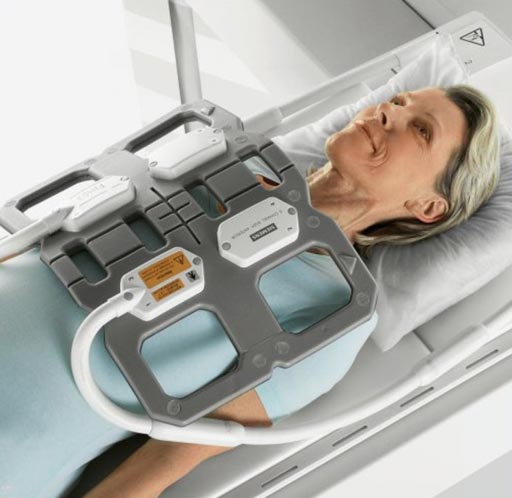Cardiovascular MRI Aids Diastolic Heart Failure Diagnosis
By MedImaging International staff writers
Posted on 20 Nov 2017
A new study will investigate whether diastolic heart failure (DHF) can be better diagnosed with the help of cardiovascular magnetic resonance imaging (CMRI).Posted on 20 Nov 2017
Researchers at the German Centre for Cardiovascular Research (DZHK; Berlin, Germany) and University Hospital Frankfurt (Germany) are launching a multicenter study to establish CMRI as the standard method for diagnosing DHF, also known as heart failure with preserved ejection fraction (HFpEF). The study will compare CMR diagnostic data efficacy with that of the present gold standard, invasive hemodynamics, in which patients are examined using a cardiac catheter.

Image: According to research, cardiac MRi could soon replace hemodynamic assessments (Photo courtesy of Siemens Healthcare).
In order to obtain a more comprehensive picture of the diagnostic validity of CMR, the researchers will also compare CMR measurements to the results of ultrasound examinations and analyses of myocardial tissue samples. The data will also aid the researchers investigate whether CMR can help clarify why DHF disease arises, since unlike an ultrasound, CMR not only measures blood flow and ventricular filling, but can also identify an inflamed myocardium, pathological proliferation of the connective tissue, and change to small blood vessels.
“Only once the causes are clear can patients receive targeted medicinal therapy, because the treatment of myocardial inflammation differs entirely to that of a circulatory disorder. Therapeutic studies are only possible once we can distinguish between the various patient subgroups,” said lead researcher Professor Eike Nagel, MD, of University Hospital Frankfurt. “It is the first multicenter study on the diagnosis of HFpEF worldwide. Beside Frankfurt am Main, the DZHK sites in Berlin, Heidelberg, Göttingen, and Bad Nauheim are also participating. If the results are positive, the study would lead to a modification of the guidelines for diagnosing HFpEF.”
HFpEF is a complex disease, encompassing a diverse cohort of patients and marked by the presence of multiple etiological mechanisms. Diastolic dysfunction, in which the heart contracts properly, but cannot expand enough so that blood can fill the chamber, is considered a crucial component of the disease, which affects approximately 50% of patients with chronic heart failure (HF).
CMR is a medical imaging technology for the non-invasive assessment of the function and structure of the cardiovascular system that is based on the same basic principles as MRI, with optimizations that use rapid imaging sequences, requiring CMR images be acquired in steps. Patients breathe in and then hold their breath for each image, then recover before repeating the process for the next one.
Related Links:
German Centre for Cardiovascular Research
University Hospital Frankfurt














